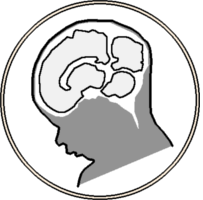Karimi, Davood, Jurriaan Peters, Abdelhakim Ouaalam, Sanjay Prabhu, Mustafa Sahin, Darcy Krueger, Alexander Kolevzon, Charis Eng, Simon Warfield, and Ali Gholipour. 2020. “LEARNING TO DETECT BRAIN LESIONS FROM NOISY ANNOTATIONS”. Proc IEEE Int Symp Biomed Imaging 2020: 1910-14.
Abstract
Supervised training of deep neural networks in medical imaging applications relies heavily on expert-provided annotations. These annotations, however, are often imperfect, as voxel-by-voxel labeling of structures on 3D images is difficult and laborious. In this paper, we focus on one common type of label imperfection, namely, false negatives. Focusing on brain lesion detection, we propose a method to train a convolutional neural network (CNN) to segment lesions while simultaneously improving the quality of the training labels by identifying false negatives and adding them to the training labels. To identify lesions missed by annotators in the training data, our method makes use of the 1) CNN predictions, 2) prediction uncertainty estimated during training, and 3) prior knowledge about lesion size and features. On a dataset of 165 scans of children with tuberous sclerosis complex from five centers, our method achieved better lesion detection and segmentation accuracy than the baseline CNN trained on the noisy labels, and than several alternative techniques.
Last updated on 02/27/2023
